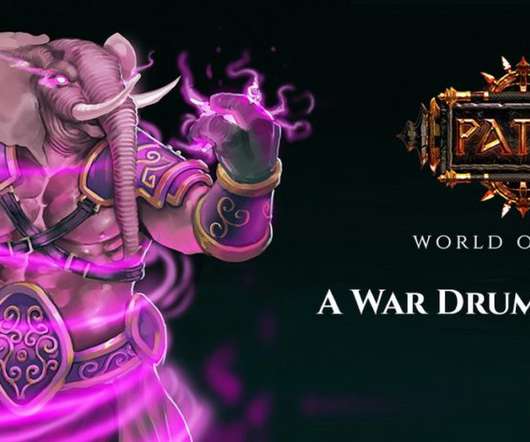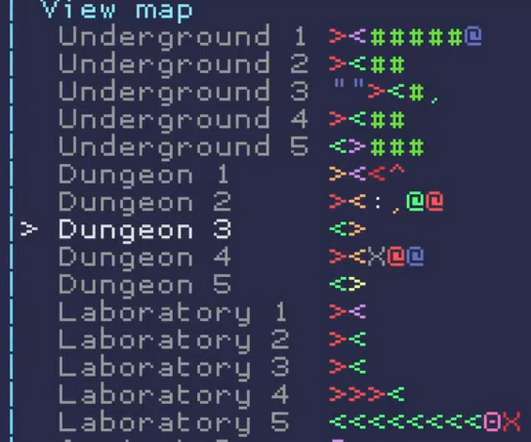How To Play-Test the Rules of Your Board Game
Brand Game Development
DECEMBER 11, 2017
Click this picture for some backstory! This is where most of the rules have been ironed out and are acceptable enough to use during a prototype either in person or online through something like Tabletopia or Tabletop simulator. This is to make sure the game is – on some fundamental level – balanced.











Let's personalize your content